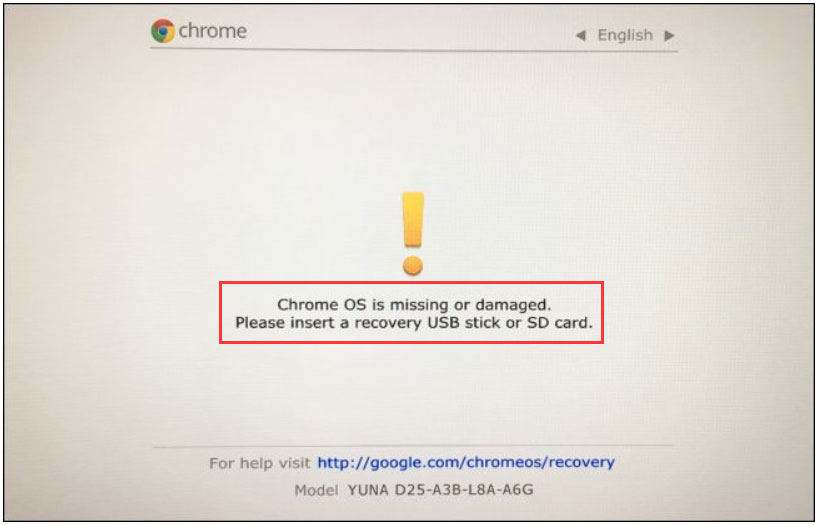
We will use this to create a virtual machine to run Windows 10.

Install the Chromebook Recovery Utility extension from the Chrome Web Store. Open up thr Linux terminal app and install KVM. Open the Chrome browser on your PC, not necessarily the computer you wish to install Chrome OS Flex on. If you get the previous message about running out of space, then go into your Linux Developer options within Chrome OS and change the partition size to be at least 22 gb. Transfer the Windows 10 ISO to the root of that directory (or anywhere inside of that directory). When you enabled Linux Beta in step one, it automatically created a Linux files directory for you. Step 3: Transfer ISO to Linux files directory You’ll need to perform this part of the process on a Windows PC. You can’t, however, do it using Microsoft’s official methodinstead, you’ll need to download an ISO and burn it to a USB drive using a tool called Rufus. Step 1: Enable Linux Betaĭownload and install the Windows 10 ISO file from Microsoft’s Website.Īfterwords, reboot your chromebook. You can now install Windows onto your Chromebook, but you’ll need to make the Windows installation media first. It’s not yet available in the Google Play Store, so you’ll need to put your Chromebook in developer mode and sideload the APK. If your chromebook does not support Linux beta, you can check out my older tutorial on installing Windows 10 on a Chromebook. To do this, you will need to have a Chromebook with Linux support. This will allow you to run Windows app on a Chromebook.

Here is a quick guide on how to install Windows 10 on a Chromebook. To install Windows on your Chromebook:Take the Windows installation media (i.e., USB flash drive) and plug it into the Chromebook.Your Chromebook should.


 0 kommentar(er)
0 kommentar(er)
